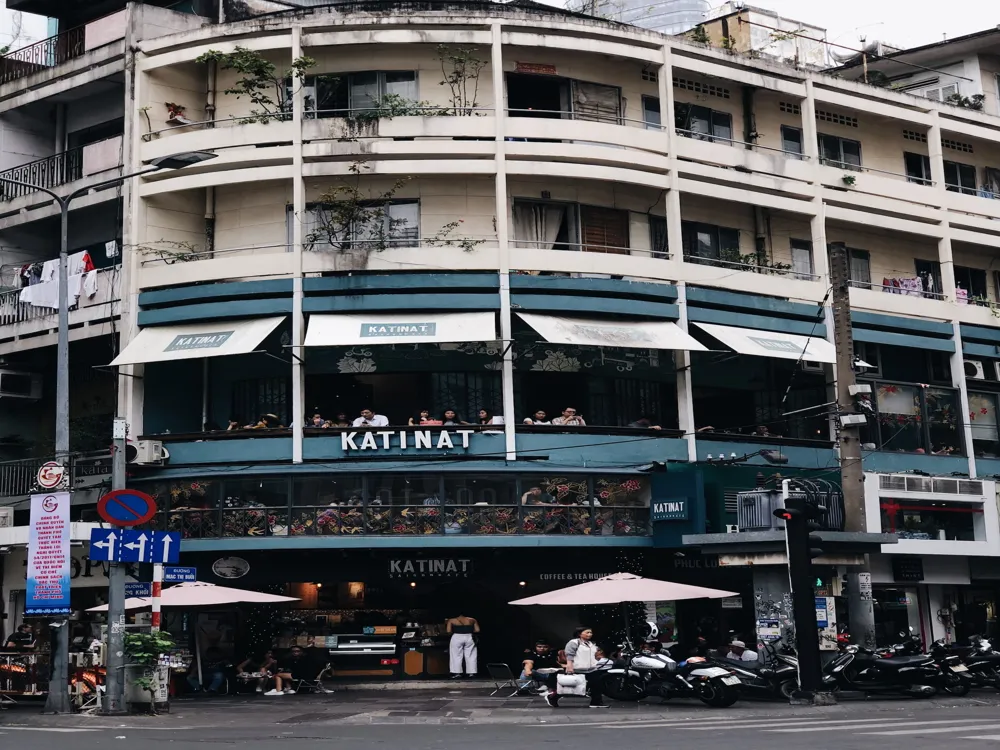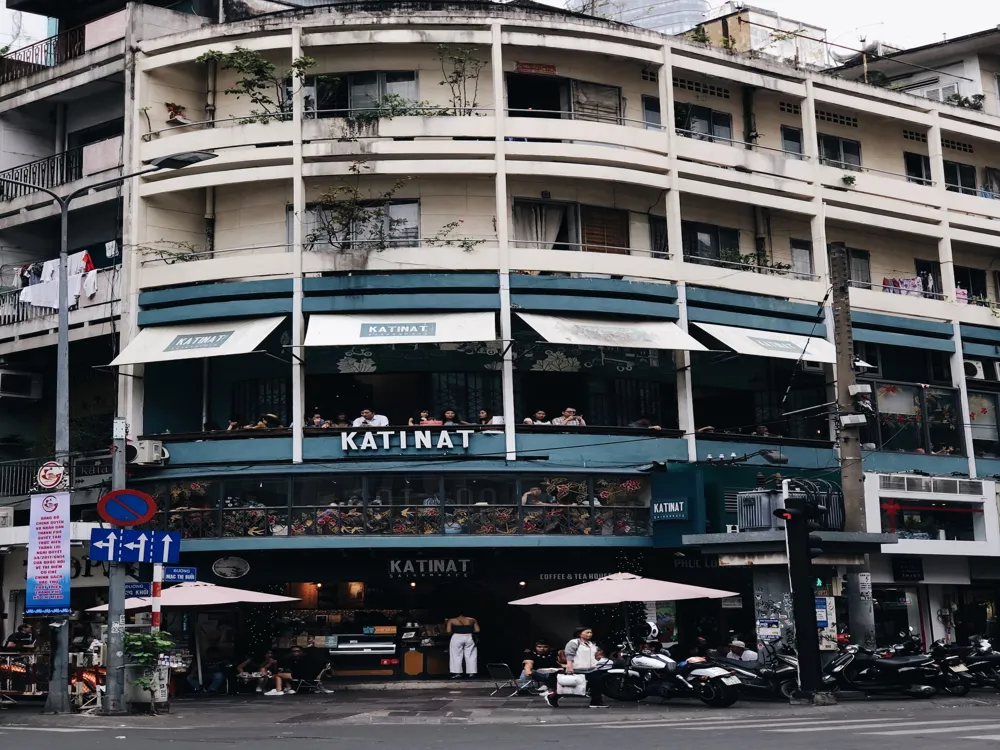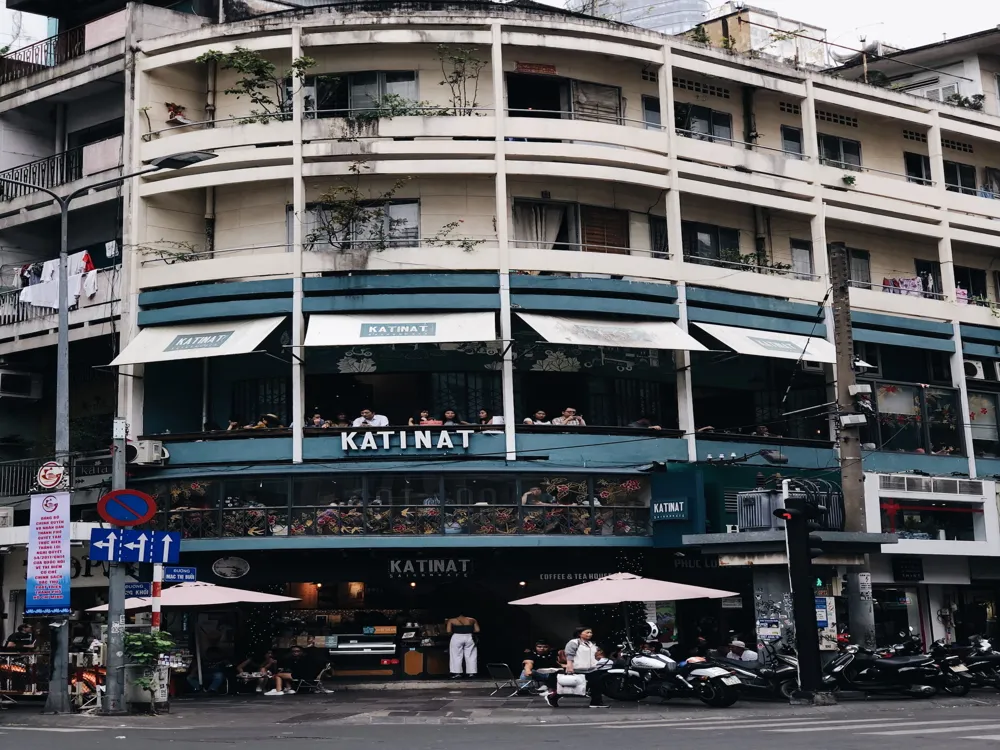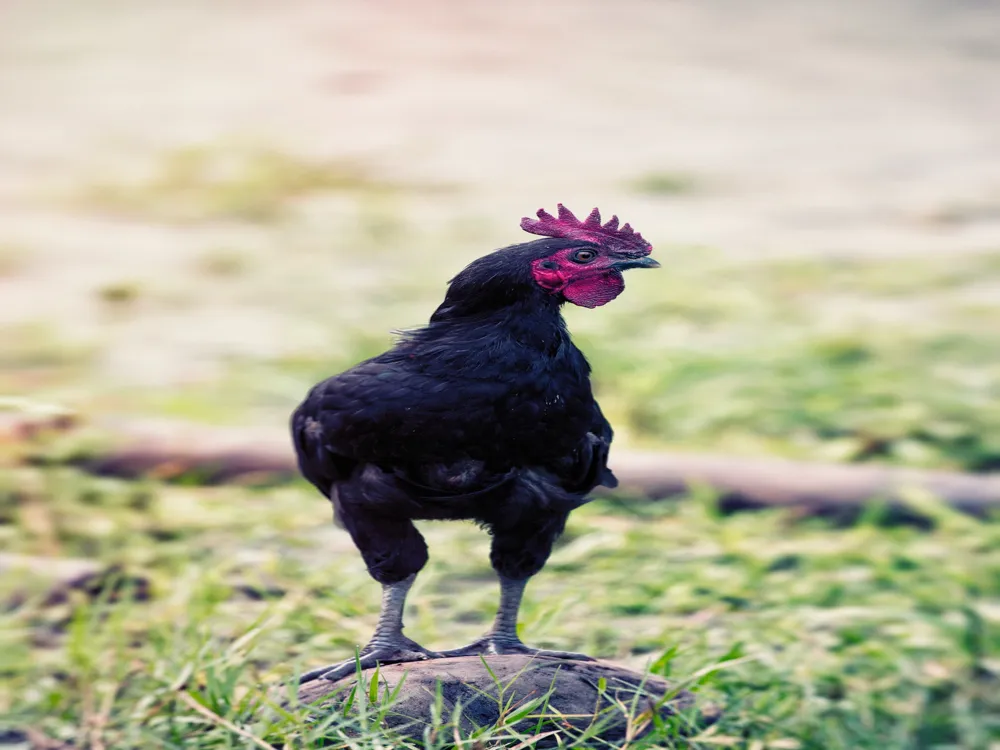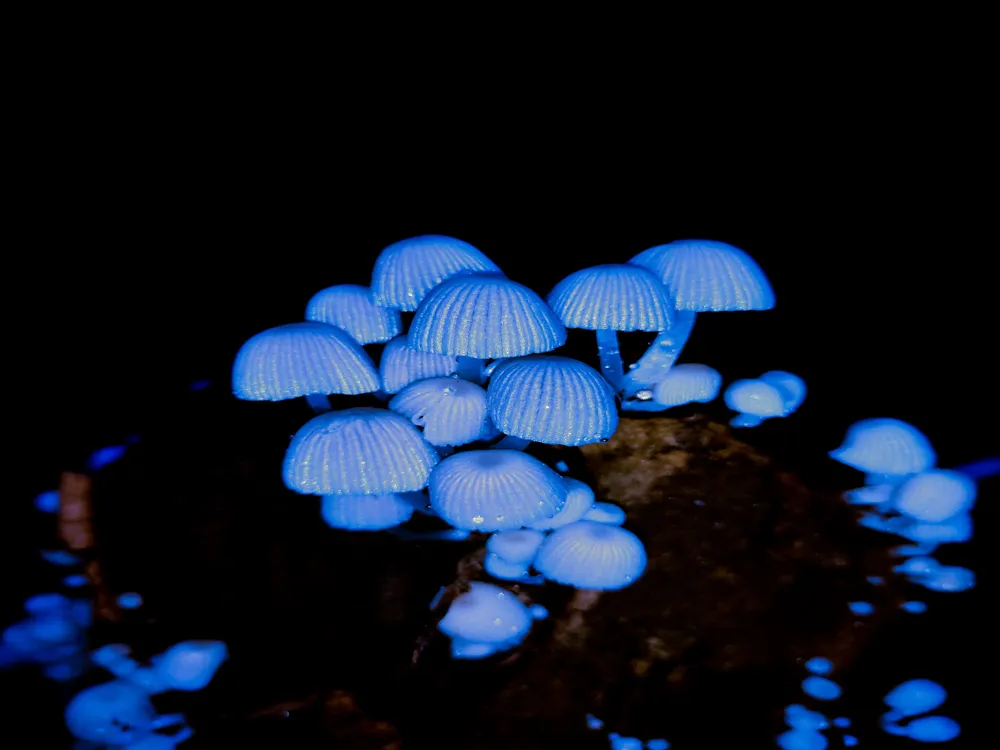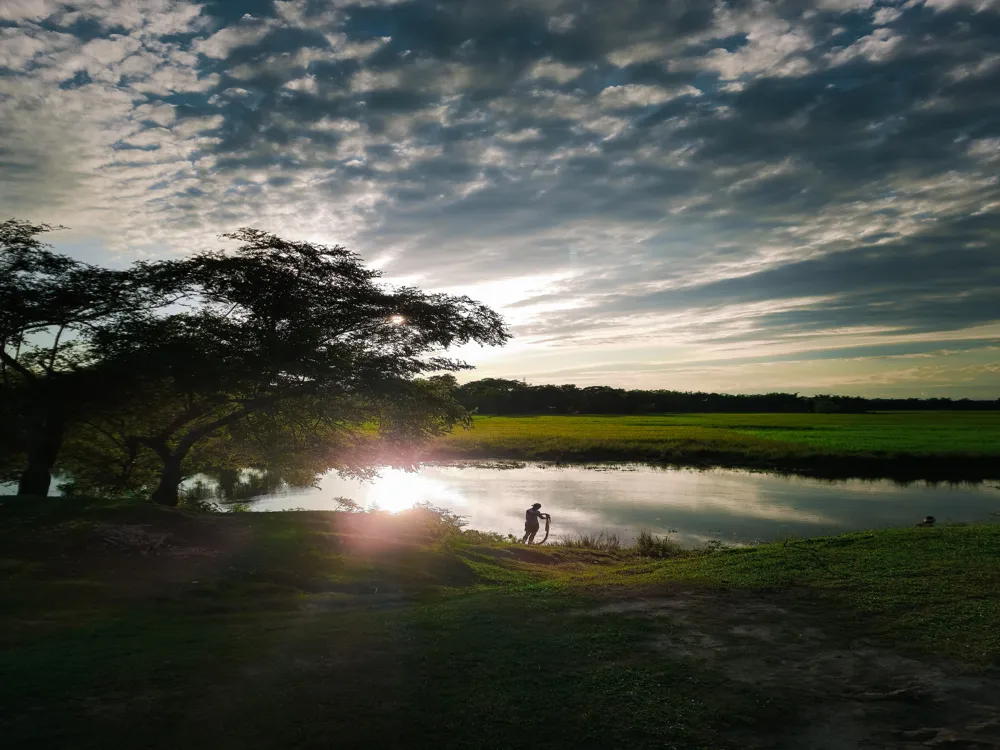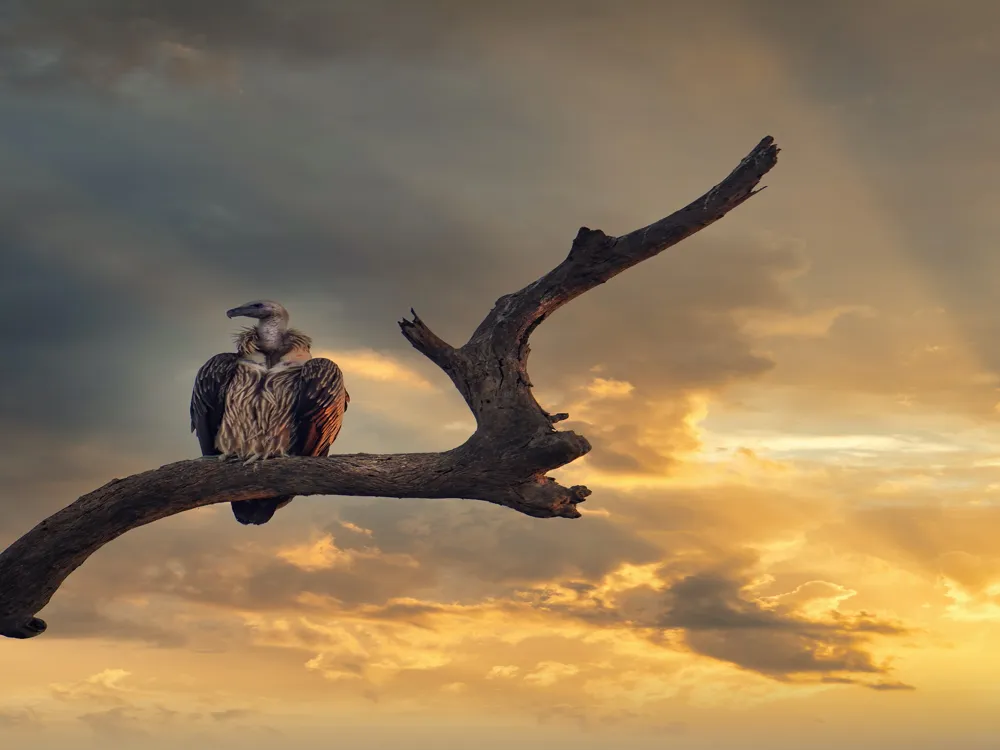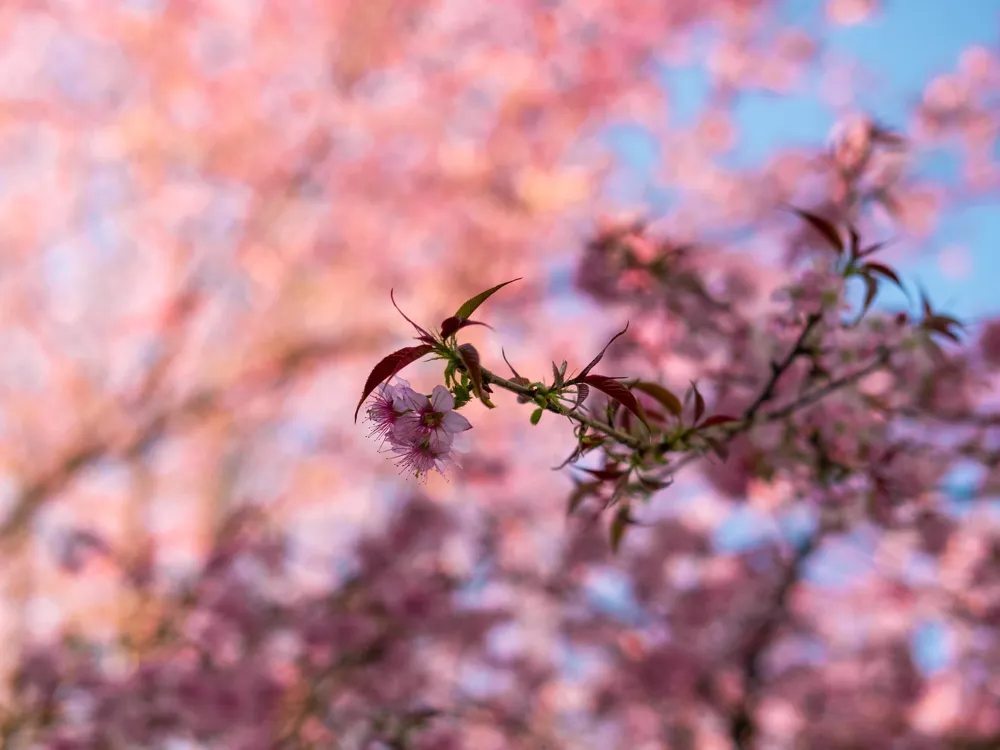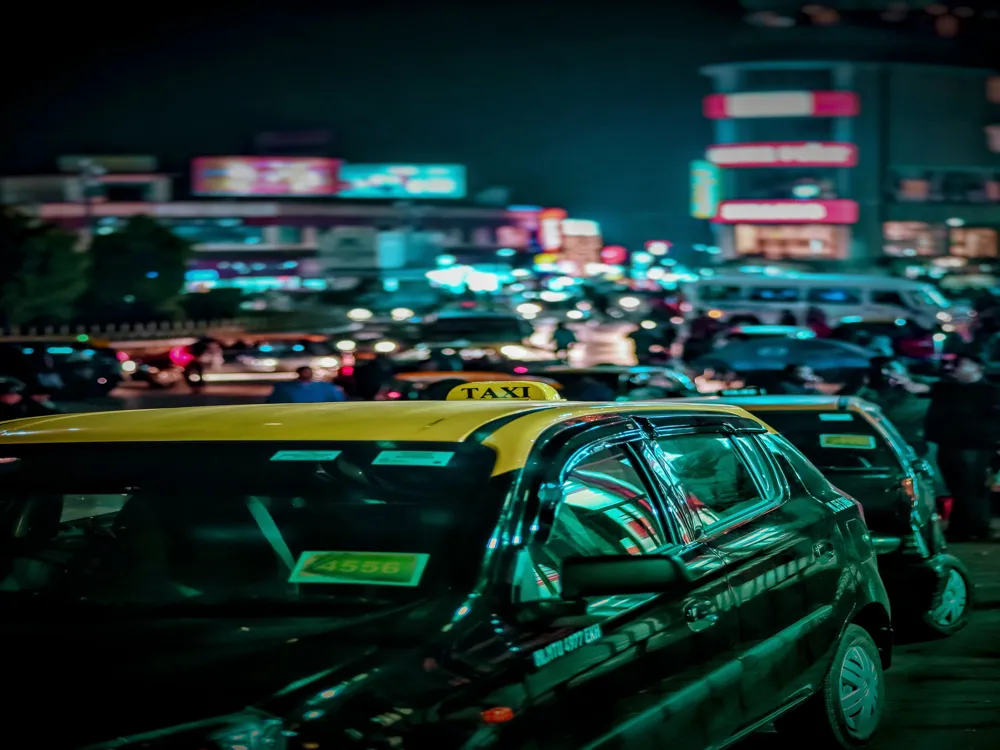Tengapania, located in the heart of Majuli, Assam, is a breathtaking destination that beckons travelers from around the globe. This majestic place, set on the banks of the mighty Brahmaputra River, is not just a tourist spot but a testament to the rich cultural and historical heritage of Assam. Majuli, being the world's largest river island, offers a unique experience to its visitors, and Tengapania stands as one of its jewels. The area is renowned for its lush greenery, serene environment, and vibrant cultural landscape. Majuli, a hub for Assamese Vaishnavite culture, is adorned with numerous Satras (monasteries), each telling a story of the past. The people of Majuli, primarily tribal, lead a simple yet fascinating life, closely connected to their land and traditions. The island is also a haven for bird watchers and nature lovers, with its rich biodiversity and pristine landscapes. Tengapania itself is a marvel of architecture and history. It's not just a place but an experience that embodies the spirit of Assam. The golden hues of the setting sun reflecting on the river, as seen from Tengapania, is a sight to behold. The area is dotted with small tea stalls and eateries, offering a taste of the local cuisine, which is both unique and tantalizing. Visiting Tengapania and Majuli offers a glimpse into a world where nature and culture coexist in harmony, where the hustle of modern life gives way to the tranquil rhythms of riverine life. It's a place where each moment becomes a memory, and every sight is a story waiting to be told. The architecture of Tengapania in Majuli is a splendid representation of Assamese craftsmanship and cultural richness. This region, steeped in history, showcases a unique architectural style that blends traditional Assamese designs with influences from other cultures that have interacted with the region over centuries. One of the most prominent structures in Tengapania is the Tengapania Rajbari, a historical edifice built by the Ahom Kings. This structure is an excellent example of Tai Ahom architecture, characterized by intricate designs, elaborate carvings, and an imposing presence. The Rajbari, made primarily of bamboo and wood, stands tall, reflecting the ingenuity and skill of the local artisans. The architectural style of Tengapania is marked by the use of locally available materials such as bamboo, wood, and mud. These materials not only make the structures eco-friendly but also add to their aesthetic appeal. The buildings are typically built on raised platforms to protect them from the frequent floods that affect the region. The roofs of these structures are another notable feature, often designed in a sloping manner to facilitate water runoff during the heavy monsoon rains. The use of thatch or corrugated tin for roofing adds to the rustic charm of these buildings. The interiors of these buildings are just as fascinating, with intricate wooden carvings depicting scenes from local folklore and Hindu mythology. The use of vibrant colors and patterns in the interior décor reflects the rich cultural tapestry of Assam. The architecture of Tengapania is not just about the buildings but also about the layout of the settlements. The villages are typically arranged around a central courtyard or a community space, which acts as the hub for social and cultural activities. This layout fosters a strong sense of community and interconnectedness among the residents. In summary, the architecture of Tengapania is a beautiful blend of functionality, artistry, and cultural symbolism. It reflects the harmony between humans and nature and stands as a testament to the rich heritage of Assam. The ideal time to visit Tengapania is between October and March when the weather is pleasant and conducive for exploring. Avoid the monsoon season as Majuli often experiences heavy rainfall and flooding. Majuli is a culturally rich area with deep-rooted traditions. Visitors are advised to dress modestly and respect local customs, especially when visiting religious sites and interacting with the local population. Don't miss out on trying the local Assamese cuisine, which is both delicious and unique. Look for local delicacies like rice beer, fish preparations, and bamboo shoot dishes. While Majuli offers various accommodation options, including guest houses and eco-friendly cottages, it's advisable to book in advance, especially during peak tourist seasons. Carry essentials like mosquito repellent, a first-aid kit, and comfortable footwear suitable for walking. Since Majuli is a remote area, access to certain amenities might be limited. Reaching Tengapania in Majuli is an adventure in itself, given the island's unique geographical location. The most common way to reach Majuli is via Jorhat, the nearest major town. From Jorhat, you need to take a ferry to cross the Brahmaputra River, which is an experience to cherish. Ferries operate at regular intervals, but it's wise to check the schedule in advance as it can change due to weather conditions. Once in Majuli, you can hire a local taxi or a motorbike to explore the island, including Tengapania. The journey through the island is scenic, with lush green fields, water bodies, and traditional Assamese villages along the way. It's not just a travel but a journey through the heart of Assam's culture and natural beauty. Read MoreOverview of Tengapania in Majuli, Assam
Architecture of Tengapania
Tips When Visiting Tengapania
Best Time to Visit
Respecting Local Culture
Local Cuisine
Accommodation Options
Travel Essentials
How To Reach Tengapania
Majuli Tourism
Best Time to Visit Majuli
How to Reach Majuli
Things To Do Majuli
Tengapania
Majuli
Assam
NaN onwards
View majuli Packages
Majuli Travel Packages
View All Packages For Majuli
Top Hotel Collections for Majuli

Private Pool

Luxury Hotels

5-Star Hotels

Pet Friendly
Top Hotels Near Majuli
Other Top Ranking Places In Majuli
View All Places To Visit In majuli
View majuli Packages
Majuli Travel Packages
View All Packages For Majuli
Top Hotel Collections for Majuli

Private Pool

Luxury Hotels

5-Star Hotels

Pet Friendly


